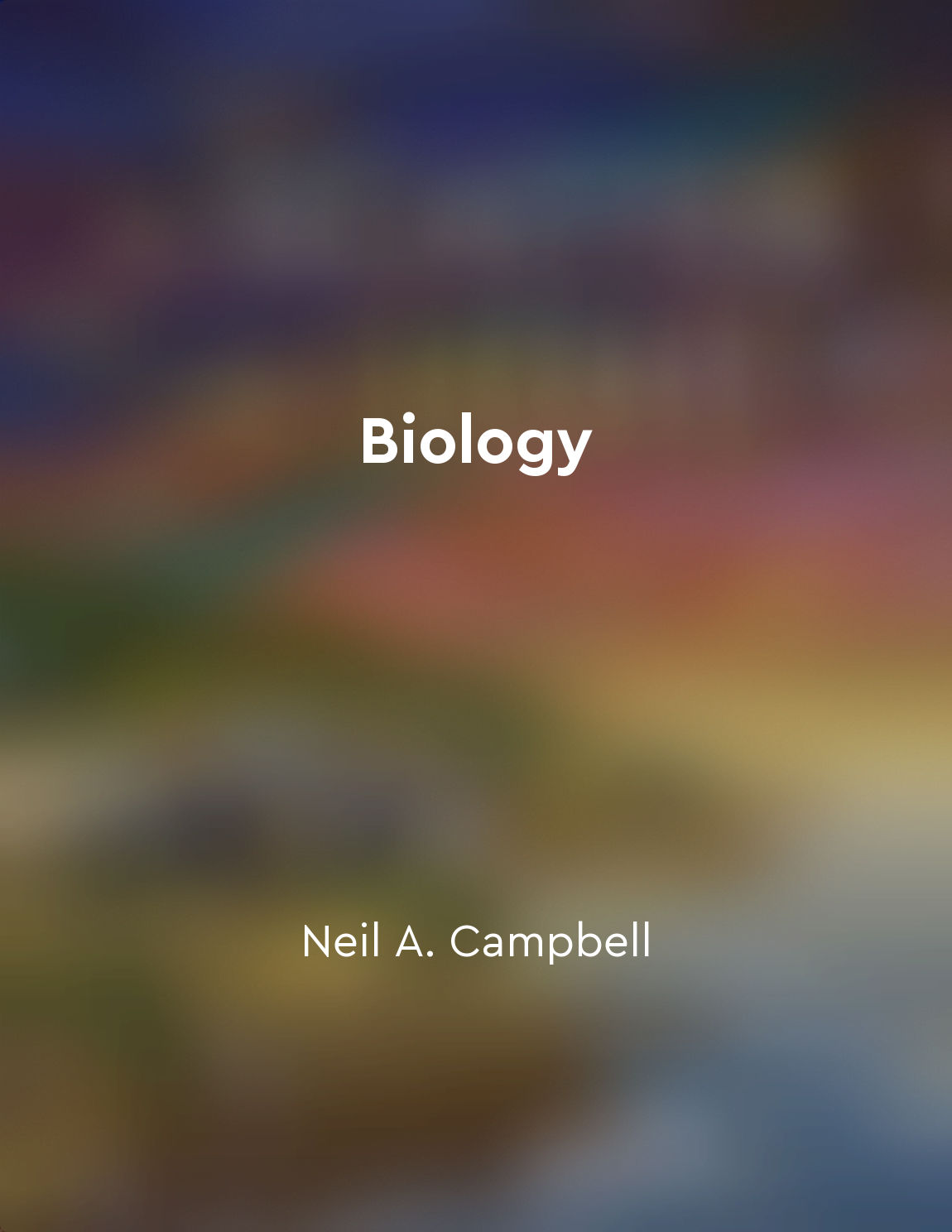We are reaching the end of a stable climate from "summary" of The End of Nature by Bill McKibben
The world has always been changing, but now it is changing in a way that is different, that is new. We have reached the point where human beings have altered the atmosphere of the earth, where we have changed the climate that has been so stable for so long. The gases that we have been pouring into the air have trapped the sun's heat, and the earth is warming. This warming has consequences, consequences that are becoming increasingly apparent. We are seeing more powerful storms, more intense droughts, more severe floods. The patterns of weather that we have come to rely on are shifting, becoming less predictable. The very idea of a stable climate is becoming a thing of the past. It is not just the weather that is changing, but the very fabric of the natural world. Plants and animals that have evolved to thrive in specific conditions are finding themselves out of place, unable to adapt quickly enough to the rapidly changing environment. Entire ecosystems are being disrupted, leading to the extinction of species that have existed for millions of years. And it is not just the natural world that is being affected. The changes in the climate are having profound impacts on human society as well. Rising sea levels are threatening coastal communities, extreme heat waves are leading to crop failures, and changing rainfall patterns are causing water shortages. The very foundations of our civilization are being shaken by the instability of the climate. We are reaching the end of a stable climate, a climate that has provided the backdrop for human civilization for thousands of years. The world that we have known is changing, and it is up to us to decide how we will respond. Will we continue on our current path, ignoring the signs of a changing climate and risking the future of our planet? Or will we take action, working together to mitigate the impacts of climate change and build a more sustainable future for all?Similar Posts
Chemical pollutants linger in the environment
Chemical pollutants, once released into the environment, have a tendency to persist for a long time. They can accumulate in the...

Innovate for climate solutions
To address the urgent challenge of climate change, we must think beyond the status quo and embrace innovation in all aspects of...

Behavior and communication in animals
Behavior and communication in animals refer to the ways in which organisms interact with each other and their environment. Anim...
Climate change is a major factor contributing to species loss
Climate change is a major factor contributing to species loss. As the Earth's temperature continues to rise, many species are s...
Renewable energy is a key solution to climate change
Renewable energy is often presented as a panacea for the climate crisis. It's easy to see why: transitioning away from fossil f...

Immigration policies were designed to benefit the ruling class
Throughout American history, the ruling class has maintained its power and privilege through the manipulation of immigration po...
The Earth's climate can exhibit nonlinear behavior, with small changes in one component leading to large-scale impacts on the entire system
The Earth's climate has the capacity to display nonlinear behavior, meaning that even minor changes in one aspect of the system...
